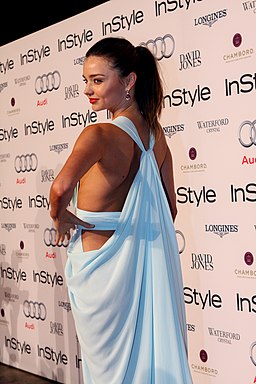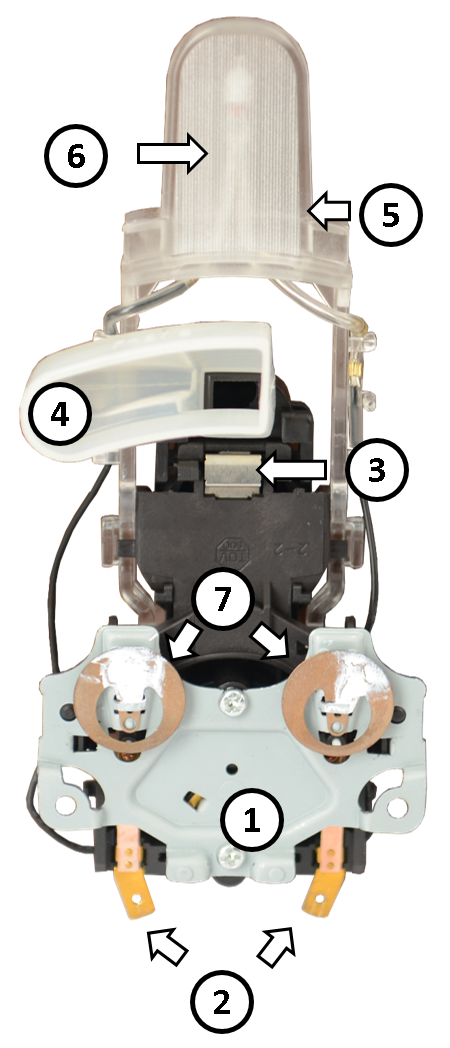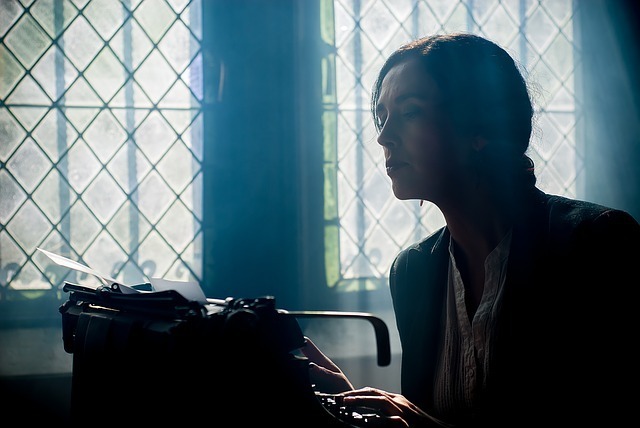I made the decision: I’m moving to a dress-only wardrobe. Separates: farewell.
This isn’t due to some profound philosophical or metaphysical principle, it just makes simple sense. Over half of my wardrobe is dresses anyway, and I find myself increasingly irritated the other half of the time by the fuss of finding skirt, top, and more than likely under- and over-layers which will all work with each other.
 I could, of course, have just formed them into regimented ‘outfits’: this top always with this skirt, etc etc, but frankly, that defeats the whole purpose of separates, viz: that you can mix and match. I always found there was rather more mixing than matching going on, and it was a sore trial to my overdeveloped sense of aesthetics. I had the eye for it, but I didn’t have the wardrobe for it.
I could, of course, have just formed them into regimented ‘outfits’: this top always with this skirt, etc etc, but frankly, that defeats the whole purpose of separates, viz: that you can mix and match. I always found there was rather more mixing than matching going on, and it was a sore trial to my overdeveloped sense of aesthetics. I had the eye for it, but I didn’t have the wardrobe for it.
For some time now I have been dreaming of a simplicity of wardrobe akin to that of the Caped Gooseberry: every day he wears a collared shirt, trousers, and as many warm layers as are required to reach the point marked x. Amount of thinking required: virtually nil. (At least until he married a woman who insisted that colour be taken into account. Maroon, for example, should not be worn with pale green. I do not think I am being unreasonable in this matter. After all, I have to look at him more often than he does.)
 The problem is that dressing as a woman is not the same thing as dressing as a man. (I do not wish to dress as a man. I don’t have the figure for it, for a start.) Men can buy a pair of trousers which will quietly go along with every shirt they own, and do so for years at a time. Women’s garments seem intended to be attention-grabbers every one, each piece struggling to upstage the others. If you want something more neutral, it is pretty well guaranteed to be black, unless you luck out and find something grey. And even then, it is intended to be worn for a year or two at most, after which it will die the death of planned obsolescence, so you have to go and buy some more. I can’t be having with this.
The problem is that dressing as a woman is not the same thing as dressing as a man. (I do not wish to dress as a man. I don’t have the figure for it, for a start.) Men can buy a pair of trousers which will quietly go along with every shirt they own, and do so for years at a time. Women’s garments seem intended to be attention-grabbers every one, each piece struggling to upstage the others. If you want something more neutral, it is pretty well guaranteed to be black, unless you luck out and find something grey. And even then, it is intended to be worn for a year or two at most, after which it will die the death of planned obsolescence, so you have to go and buy some more. I can’t be having with this.
Admittedly, part of the problem is that I am very choosy about my clothes. I want them to be of a colour that suits me, in a style that I like, and of a fabric that breathes. I don’t wear see-through clothing (defeats the point of getting dressed), or polyester (plastic has its uses, but clothing should not be one of them), or short skirts, or frills, and I definitely don’t subscribe to the view that if you wear a long skirt you’ve got to ‘balance’ it by showing more skin up top, as though women owe the world a certain proportion of their surface area.
 Imagine what the world would look like if men who wore ankle-length trousers had to wear shirts which only buttoned half-way up. (Sorry. Would you like some bleach for your mind’s eye?) And if they chose to rebel and wear a shirt which buttoned all the way up, people would assume they suffered from low self-esteem…
Imagine what the world would look like if men who wore ankle-length trousers had to wear shirts which only buttoned half-way up. (Sorry. Would you like some bleach for your mind’s eye?) And if they chose to rebel and wear a shirt which buttoned all the way up, people would assume they suffered from low self-esteem…
Back to the dresses, however. Having all these criteria does make it rather hard to find clothes, particularly on a budget. I can’t remember the last time I bought anything in a shop, other than an underlayer. It simply doesn’t seem worth looking any more, since everything I find is either of poor quality, a colour or style I don’t like, or too expensive. Or all of the above. I have long been a fan of second-hand shopping, but it’s getting harder to find what I’m looking for there, too. I try to shop like a tiger, but all too often these days I shop like a tiger in a tofu warehouse.
As much as I like the idea of wearing, say, an elegant Thirties-style suit, such things are not to be had for the asking. They Don’t Make Them Like They Used To. And people would be more likely to notice that I was wearing basically the same clothes every day, than they would if a man did it. (This man, for example.)
 Elsa Schiaparelli said a woman should never be afraid to be seen in her suit too often, but then, that was eighty years ago. Anyway, do I really want to take clothing advice from a woman famous for the shoe hat and the lobster dress, whose signature colour was shocking pink, a colour I would walk over hot coals to avoid wearing?
Elsa Schiaparelli said a woman should never be afraid to be seen in her suit too often, but then, that was eighty years ago. Anyway, do I really want to take clothing advice from a woman famous for the shoe hat and the lobster dress, whose signature colour was shocking pink, a colour I would walk over hot coals to avoid wearing?
So, the dresses. As Hoda Kotb said, “I usually go for a dress. No matching involved. I am bad at matching! I like easy and when you’re done, it looks like a second skin. I wear dresses every day for that reason. It’s easy!” Easy is simple. Dresses still allow for plenty of variety, of course. A light, flowy summer dress; a dress of tailored wool for winter… And of course you can add warm layers, which only have to go with the dress, rather than two or more other pieces.
Mistake me not: this is not to say that I’m going through my wardrobe and chucking out everything that isn’t a dress. In the first place, I tend to wear my clothes until they die of extreme old age, and in the second place, I don’t have sufficient dresses to manage year round. Yet. As always, it’s a work in progress. But at least now I have an idea of what I’m aiming for.

Have you been hankering for greater simplicity in your wardrobe? What steps are you taking? I’d love to hear!









